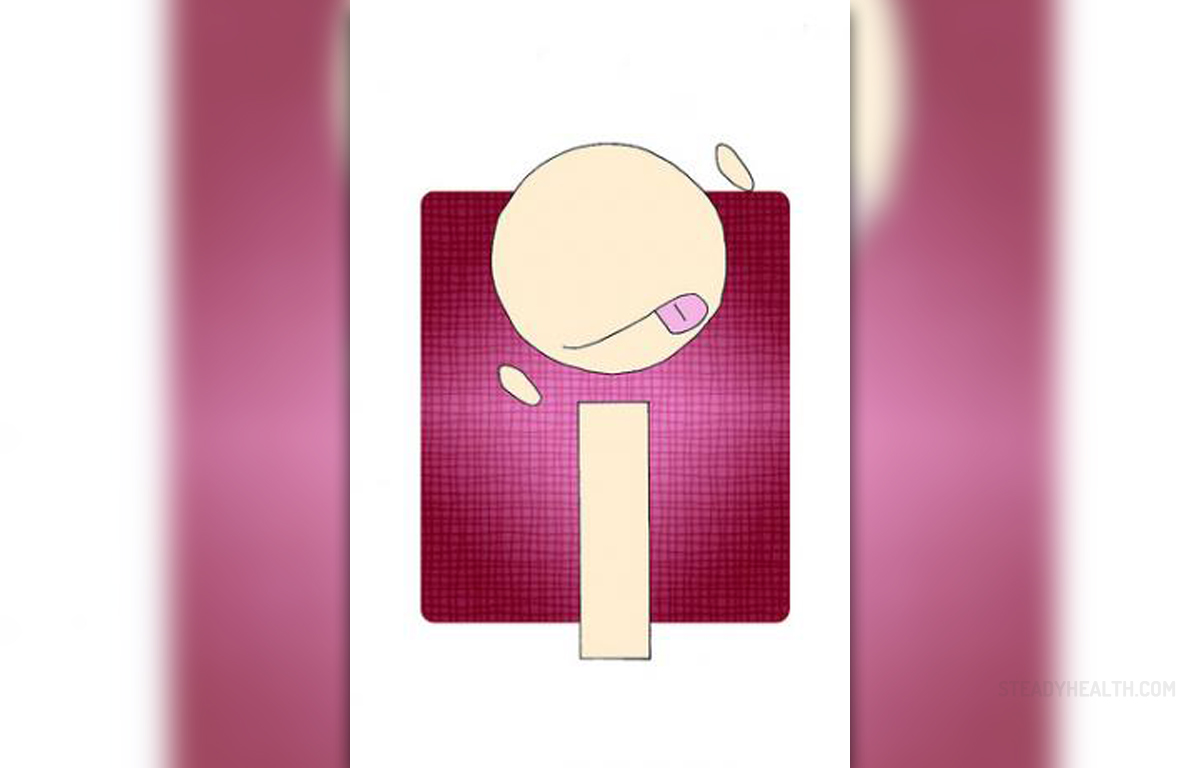
Cerebral palsy is one of the most present congenital disorders. The disease is presented with the obvious symptoms so the diagnosis may be set in early childhood (within first three years of life). Unfortunately, the damages of some body functions are permanent.
Children ill with cerebral palsy tend to show slower achievement in learning to crawl, walk and speak. The muscle tone is generally damaged. They either show the signs of increased or reduced muscle tonicity. In the first case muscles are quite rigid and inflexible while in case of hypotonic muscles are weak not presenting enough of tonicity. These patients are prone to contract or relax muscles unconsciously. Potentially a child may develop hipotonia at the beginning and then hypertonia. This may also result in an unnatural posture.
Symptoms of spastic hemiplegia include stiffness of muscles on one side of the body. Hands and arms are generally affected but the spasticity may develop in the legs as well. This form of cerebral palsy leads to scoliosis which is an irregular curving of the spine. The children suffering from spastic hemiplegia are intelligent though may have certain difficulties with speech. Epileptic seizures are quite common.
Spastic displegia as another form of cerebral palsy attacks leg muscles (they are stiff). Therefore these patients experience difficulties with walking and need leg braces or walking frames. Intelligence and social skills of these patients are normal.
Ataxic cerebral palsy affects the balance and the depth perception of a child. Depth perception allows people to estimate the distance of objects in regard to their position. This leads to uncoordinated movements, a child may appear to move awkwardly and even minor assignments such as tying a shoelace may present a huge difficulty for them. Tremor or unintentional muscle movement may be present as well. This is evident when a child tries to reach for certain objects. Communication skills and intelligence remain normal.
Athetoid or dyskinetic cerebral palsy includes a combination of hypertonicity together with hipotonicity. This leads to accidental body movements. They have difficulties in keeping the balance. As they hardy control tongue and vocal cords this results in speech problems as well as eating problems. In this form of cerebral palsy the intelligence is unaffected.
Spastic quadriplegia is the most severe form of the disease. It includes huge damage to the brain. The extremities are so stiff that a child cannot walk at all. On the other hand, the muscles of the neck may be showing the signs of hipotonicity. This means their heads need additional support. The problems with speech are regularly present and a mild to severe level of learning difficulties may occur as well. Repeated epileptic seizures are typical for children suffering from this type of cerebral palsy.









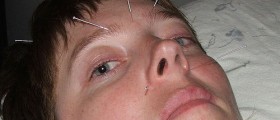

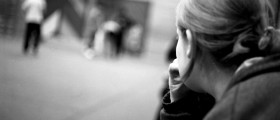
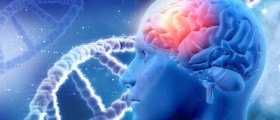

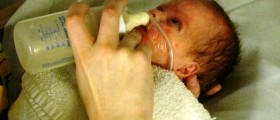


Your thoughts on this
Loading...